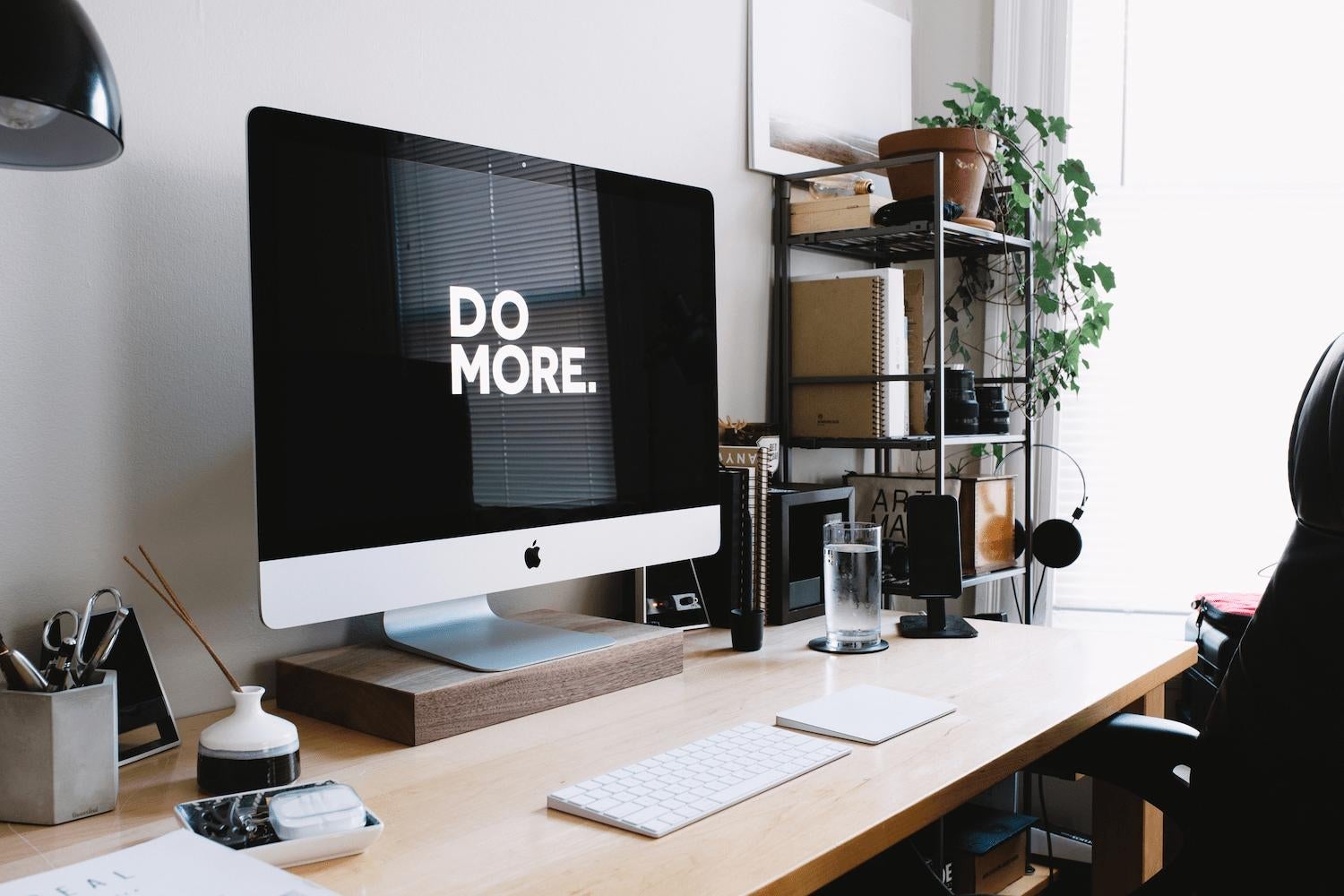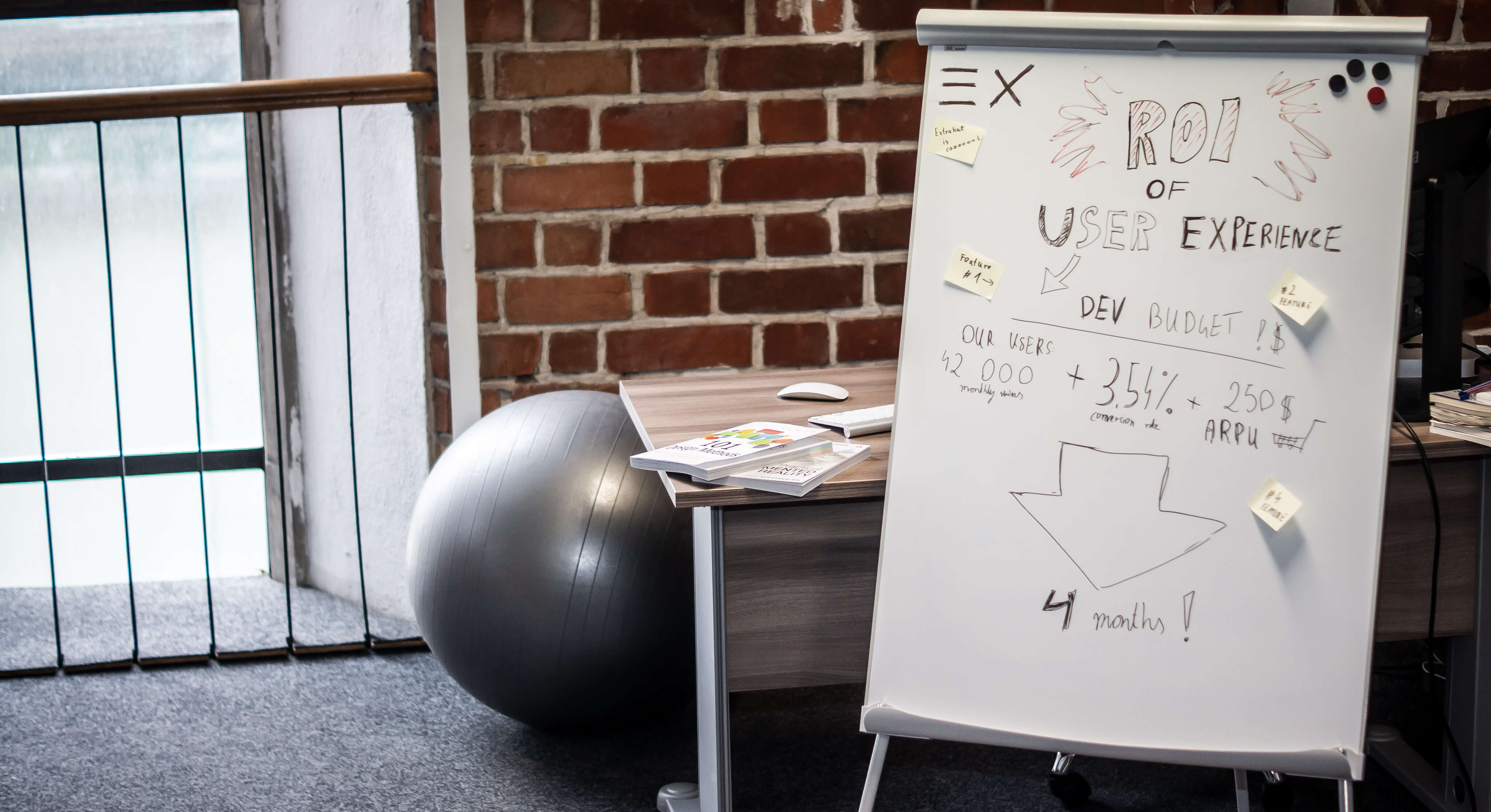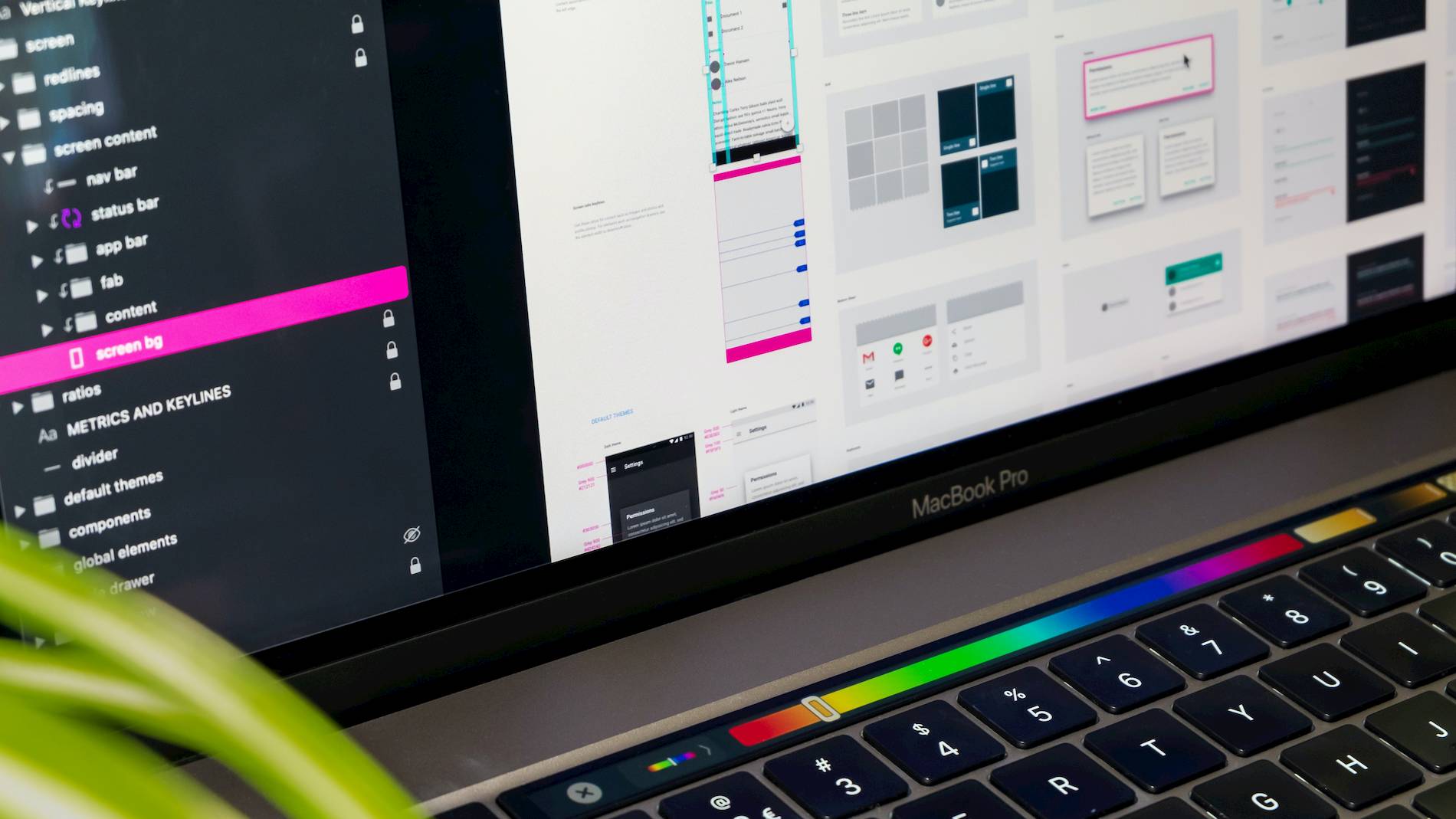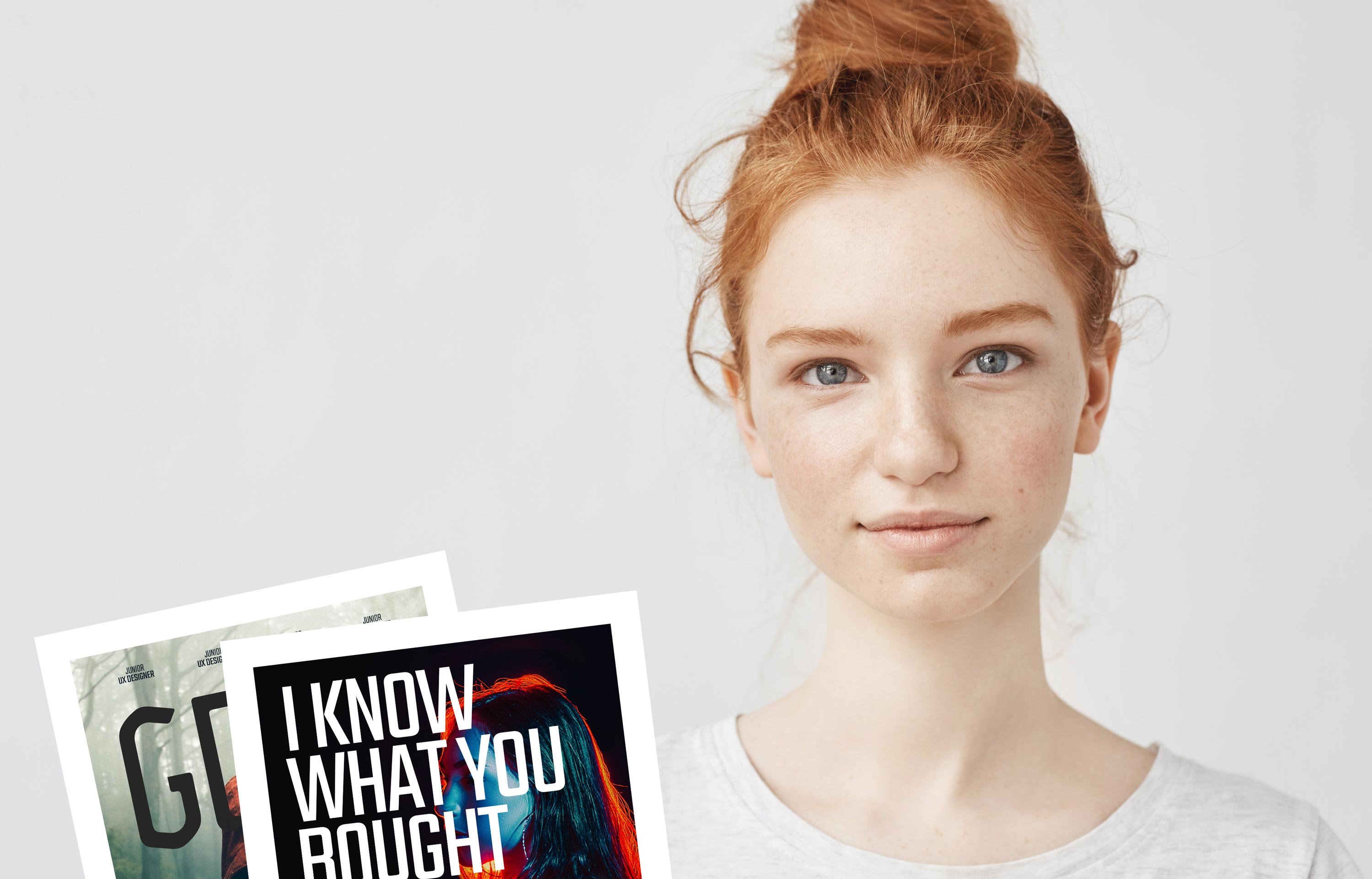Knowing UX theory helps a lot while designing a product. For you, as you think about designing your own product, it's important to have at least a general understanding of customer experience vs user experience.
What's more, the broader context of customer experience also plays a significant role in the design process.
Let's talk about the e-commerce industry.
If your knowledge about it is at a higher level than a beginner's, you should be familiar with the term "customer journey". And it's essential in this case, because customer experience represents every step of it – from being aware of the product's or service's existence to being loyal to the company that has created it.
Such a journey may start when a future customer sees a Facebook ad a couple of times, and it may end when a customer decides to become a regular client.
But what about the UX? In short, it's a part of the customer experience.
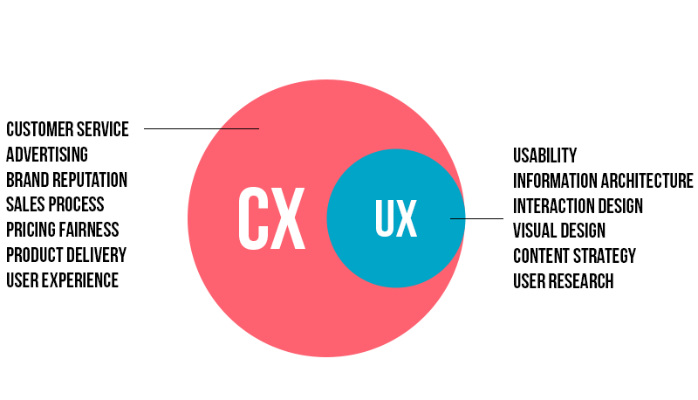
To understand why becoming acquainted with CX will help you to plan a better UX design, let's take a closer look at both of these experiences.
What is UX about?
If something is directly connected with the way in which the user or customer interacts with a specific product – it's called the User Experience. The user experience can be both good or bad, positive or negative, and it mainly depends on the design of the particular product's interface.
tmp outer link
tmp outer link in new tab
tmp short inner link
tmp short inner link in new tab
tmp long inner link
tmp long inner link in new tab
tmp short, new tab
And that interface should be designed so that it is not only good-looking but also efficient and enjoyable.
Read more: 6 Stages of UX Design Process We Follow at ExtraHut
In short, the user experience is about solving this specific problem. One way to create a great UX for your product is to follow User Centered Design methodology.
What is CX about?
The User Experience (customer's experience with a specific product) is a part of Customer Experience (customer's experience through all of the brand's channels). The CX tells us about the user's overall feelings about the brand, its channels and products.
These feelings relate to:
- Price – is it worth the money?
- Customer service – how helpful is the company?
- Product delivery – is it always delivered on time?
- Brand reputation – is the company trustworthy and reliable?
- The UX of each product
The UX designer should answer the question: how to align business strategies with the positive experience of using the product? The ultimate goal is simple – to make customers happy and to reach business goals at the same time.
Customer Experience vs User Experience: What's the difference?
The two examples presented below are the best way to illustrate these differences.
First example: bad UX but good CX
Let's imagine that you bought a fancy application that allows you to edit pictures directly on the tablet.
Reason for buying? A love for programs like Lightroom or Photoshop that have a lot to offer in terms of photo editing, and you wanted to have similar features on your phone. You were mainly interested in one feature – red eyes removal. Everything seemed fine until you tried to use this feature, and you couldn't find it instantly.
And that's an example of bad UX.
However – luckily for you – they have customer support that works 24/7. You write them a message through the live chat, and in response, you receive a step-by-step mini-guide on how to remove red eyes from a picture. What's more, they give you one-month free access to the premium features as compensation for your trouble.
And that's what good CX looks like.
In summary, the UX was terrible, because the application's interface wasn't intuitive and easy to use. If it weren't for the great experience with the brand's other aspects, such as customer service and compensation for the trouble, the customer's overall experience would be miserable. And ultimately, it could lead you to give up using that particular application and use another company's products instead.
However, this can also work both ways. Let me show you the second example.
Second example: good UX but bad CX
You want to order pizza.
You think that it's easier to download an application to browse through different restaurants, pick one and then make an order. You're right. Even though you're ordering food online for the first time in your life, it's a cakewalk thanks to the clear navigation and friendly interface. Proper application UX allows you to find a restaurant and order a Hawaiian pizza in under 5 minutes.
And that's where the fun begins.
You receive an SMS that approximate delivery time is 60 minutes. And that's okay, because you are not so hungry and it's Sunday evening, so the demand for excellent Hawaiian pizza is enormous.
Two hours later, the doorbell rings. Finally. You are frustrated but so hungry that it doesn't matter anymore. You open the box and... another disappointment – it's pepperoni pizza. But as it turns out, that's not even the worst thing – the pizza is cold as ice.
The experience from using the application was satisfying, but the other aspects of the brand need improvement. The good UX is not enough to make you happy with the way you spent money, because the overall customer experience was terrible.
Final thought
As a customer, you want both UX and CX to be at a high level. As an application or website owner, you need them to be too. While designing your product or outsourcing product design to a UX/UI agency, focus on creating great CX and UX.
Because only consistency between UX and CX results in a win-win situation, which means customer satisfaction and achievement of business goals.


